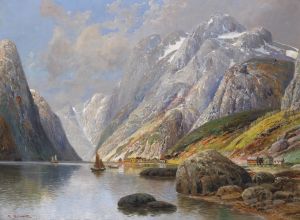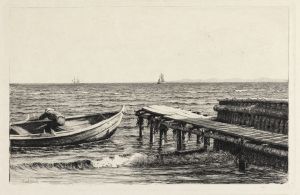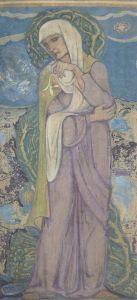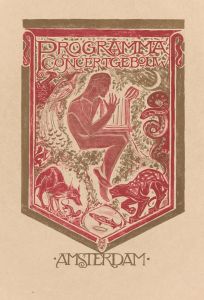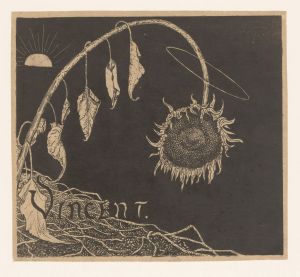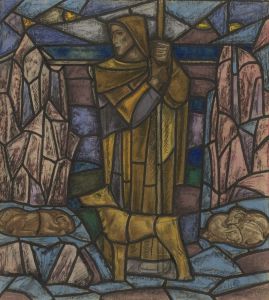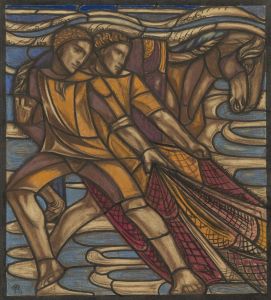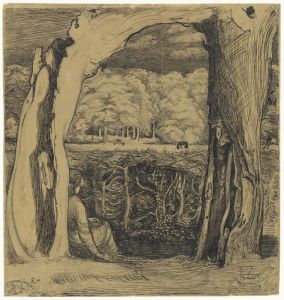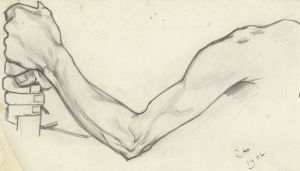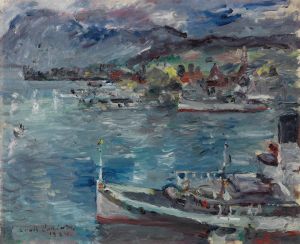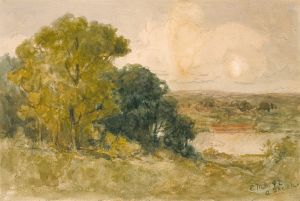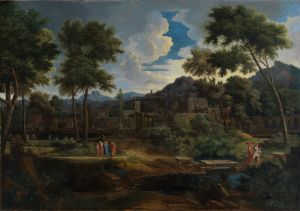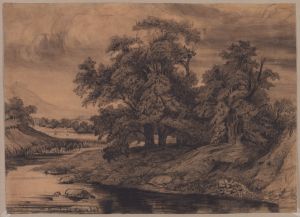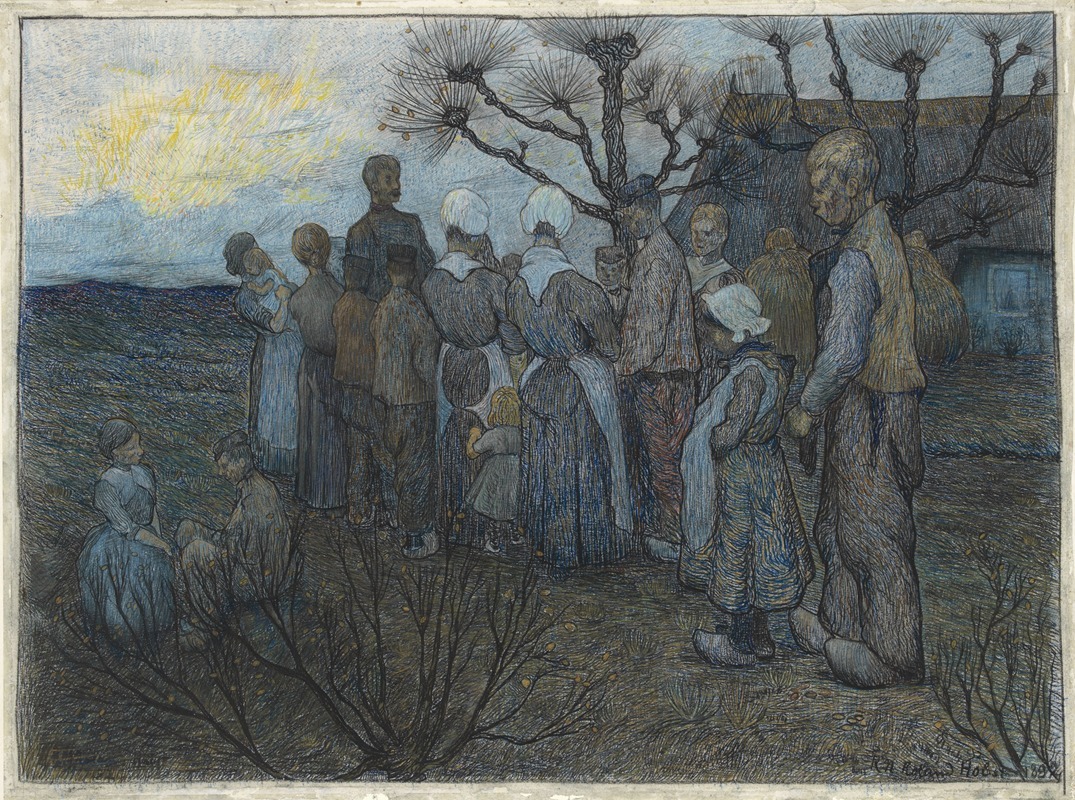
De veldprediking
A hand-painted replica of Richard Nicolaüs Roland Holst’s masterpiece De veldprediking, meticulously crafted by professional artists to capture the true essence of the original. Each piece is created with museum-quality canvas and rare mineral pigments, carefully painted by experienced artists with delicate brushstrokes and rich, layered colors to perfectly recreate the texture of the original artwork. Unlike machine-printed reproductions, this hand-painted version brings the painting to life, infused with the artist’s emotions and skill in every stroke. Whether for personal collection or home decoration, it instantly elevates the artistic atmosphere of any space.
Richard Nicolaüs Roland Holst (1868–1938) was a Dutch painter, designer, and writer associated with the Symbolist movement. His work often reflected themes of spirituality, social justice, and the human condition. One of his notable works is De veldprediking (translated as The Field Sermon), a painting that exemplifies his artistic and ideological interests.
De veldprediking was created in 1893 and is considered one of Roland Holst's early masterpieces. The painting depicts a preacher addressing a group of people gathered in an open field. The composition emphasizes the connection between the speaker and the audience, as well as the natural environment surrounding them. The figures are arranged in a semi-circular formation, drawing attention to the central figure of the preacher, who appears to be delivering a message of moral or spiritual significance. The muted color palette and soft, flowing lines are characteristic of Roland Holst's style during this period, reflecting the influence of Symbolism and the Arts and Crafts movement.
The painting is notable for its allegorical and social undertones. Roland Holst was deeply influenced by socialist ideals and sought to convey messages of unity, equality, and collective action through his art. De veldprediking can be interpreted as a visual representation of these values, with the preacher symbolizing a figure of hope or guidance for the community. The rural setting further emphasizes the connection between humanity and nature, a recurring theme in Roland Holst's work.
Roland Holst was also a prominent figure in the Dutch art scene of the late 19th and early 20th centuries. He was associated with the Amsterdamse Joffers, a group of artists who were part of the Amsterdam Impressionism movement. However, his work diverged from Impressionism in its focus on symbolism and idealism. In addition to painting, Roland Holst was an accomplished designer of stained glass windows, book covers, and posters, and he was a prolific writer on art and politics.
Today, De veldprediking is recognized as an important example of Dutch Symbolist art. It is housed in the collection of the Kröller-Müller Museum in Otterlo, the Netherlands, which is known for its extensive collection of modern art and works by Vincent van Gogh. The painting continues to be appreciated for its artistic merit and the way it reflects the social and spiritual concerns of its time.





